The Art of the iPhone Home Screen: Exploring the Significance of Visual Identity
Related Articles: The Art of the iPhone Home Screen: Exploring the Significance of Visual Identity
Introduction
With enthusiasm, let’s navigate through the intriguing topic related to The Art of the iPhone Home Screen: Exploring the Significance of Visual Identity. Let’s weave interesting information and offer fresh perspectives to the readers.
Table of Content
The Art of the iPhone Home Screen: Exploring the Significance of Visual Identity

The iPhone home screen, a seemingly simple canvas, serves as a gateway to a universe of information and entertainment. It is the first thing users encounter upon unlocking their device, and its visual aesthetic plays a crucial role in shaping their overall experience. The choice of wallpaper, with its accompanying logo, becomes a powerful tool for personal expression, visual organization, and even psychological well-being.
The Evolution of the Home Screen: From Simplicity to Customization
The early iterations of the iPhone home screen were relatively austere. A minimalist design featuring a black background and a simple grid of icons dominated the landscape. However, as technology advanced and user preferences evolved, Apple introduced greater flexibility, allowing users to personalize their home screens with custom wallpapers and app arrangements. This shift ushered in an era of visual customization, where the iPhone home screen transformed from a functional interface to a personal canvas.
The Power of Visual Identity: How Wallpapers and Logos Shape Perception
The choice of wallpaper and logo transcends mere aesthetics. These elements contribute significantly to the user’s overall perception of their device and their relationship with it. A striking wallpaper can elevate the visual appeal of the phone, while a carefully chosen logo can reflect the user’s personality, interests, or even their aspirations.
The Psychology of Visuals: How Wallpapers and Logos Influence User Experience
Research in the field of psychology has established a strong link between visual stimuli and emotional responses. The colors, patterns, and imagery chosen for wallpapers and logos can evoke specific feelings, influencing user mood and behavior. For instance, a calming wallpaper with a serene landscape may promote relaxation, while a vibrant, abstract design could stimulate creativity.
The Role of Logos in Wallpaper Design: A Symbol of Identity and Connection
Logos, as visual representations of brands, organizations, or individuals, play a crucial role in establishing identity and connection. When incorporated into wallpapers, logos can enhance the overall visual impact, adding a layer of meaning and significance. They can represent personal values, affiliations, or even serve as reminders of cherished memories.
The Importance of Harmony and Balance: Balancing Functionality and Aesthetics
While customization offers endless possibilities, it is essential to strike a balance between functionality and aesthetics. A cluttered home screen with too many logos and icons can be overwhelming and detract from the user experience. Conversely, a minimalist design, while visually appealing, might lack the visual cues necessary for easy navigation.
Beyond Aesthetics: The Practical Benefits of Wallpaper and Logo Choices
The choice of wallpaper and logo extends beyond mere aesthetics, impacting the functionality and usability of the iPhone. For instance, a dark wallpaper can enhance battery life on devices with OLED screens, while a wallpaper with a contrasting color scheme can improve readability and icon visibility.
FAQs Regarding iPhone Wallpaper Logos:
Q: What are some popular types of iPhone wallpaper logos?
A: Popular iPhone wallpaper logos range from iconic brand logos like Apple and Nike to minimalist geometric patterns, abstract designs, and even personalized initials.
Q: How can I find suitable wallpaper logos?
A: Numerous online platforms, including dedicated wallpaper websites, social media platforms, and app stores, offer a vast library of wallpaper logos for download.
Q: What are the best practices for choosing a wallpaper logo?
A: Consider factors like personal preference, overall aesthetic, logo size and placement, and the impact on icon visibility.
Q: Can I create my own wallpaper logo?
A: Yes, various graphic design tools and apps allow users to create custom wallpaper logos.
Q: Can I use a logo I find online in my wallpaper?
A: It is crucial to respect copyright laws and obtain permission before using any copyrighted logos in your wallpaper.
Tips for Choosing an iPhone Wallpaper Logo:
- Consider your personal style and preferences.
- Choose a logo that complements your overall aesthetic.
- Ensure the logo is appropriately sized and placed.
- Prioritize readability and icon visibility.
- Experiment with different designs and layouts.
- Pay attention to color harmony and contrast.
Conclusion: The iPhone Home Screen as a Canvas for Self-Expression
The iPhone home screen, once a simple interface, has evolved into a powerful canvas for self-expression. The choice of wallpaper and logo allows users to personalize their devices, reflecting their unique tastes and personalities. By understanding the psychological and practical implications of these visual elements, users can create a home screen that is both aesthetically pleasing and functionally effective, enhancing their overall iPhone experience.
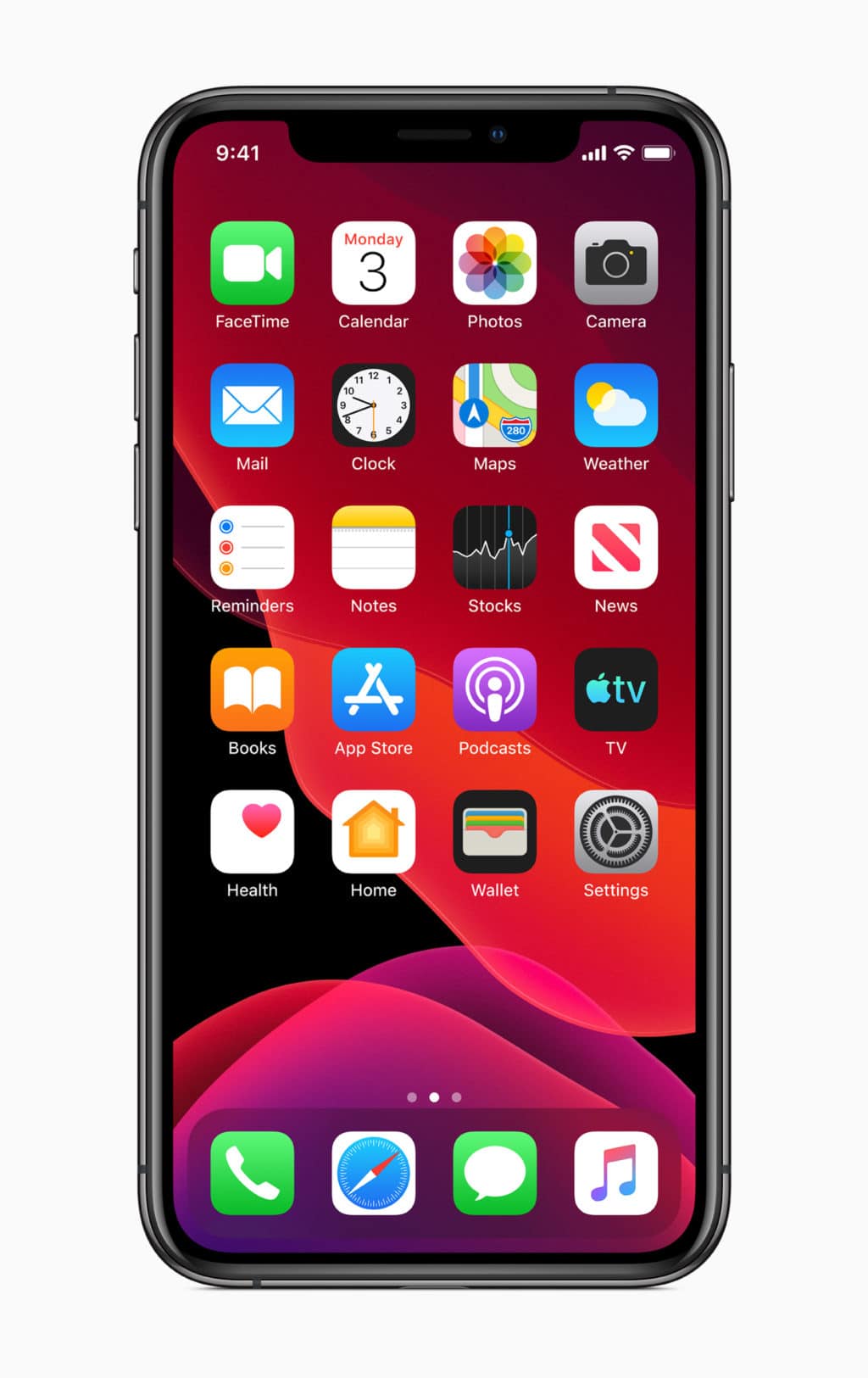


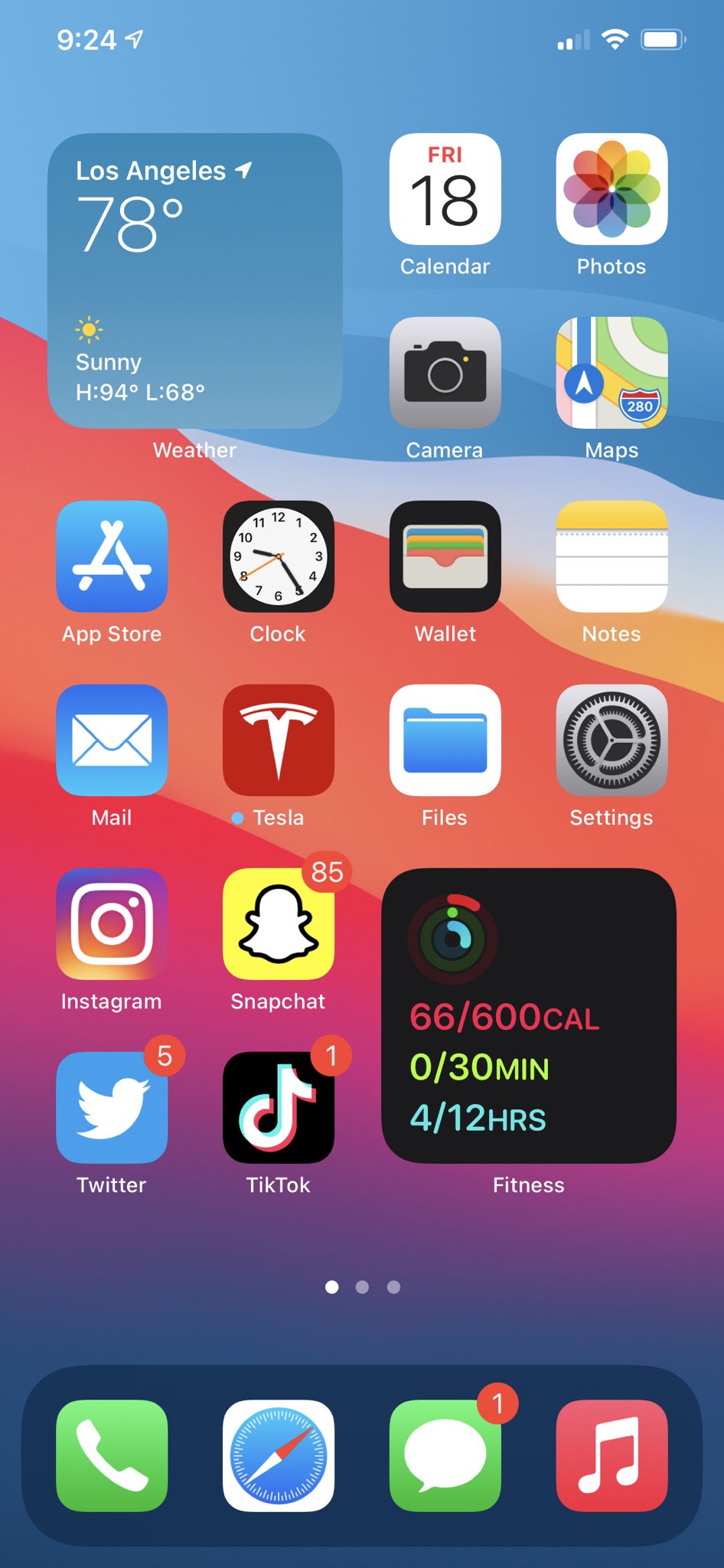
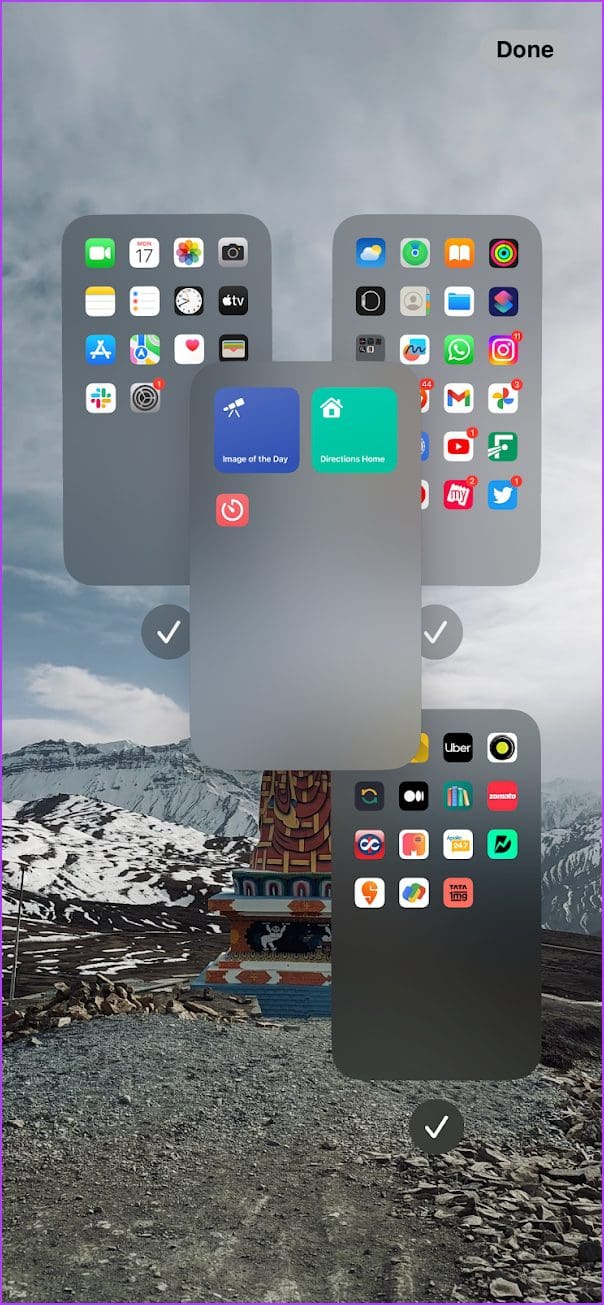
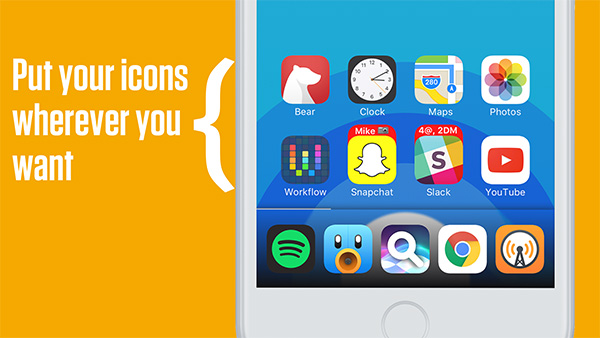
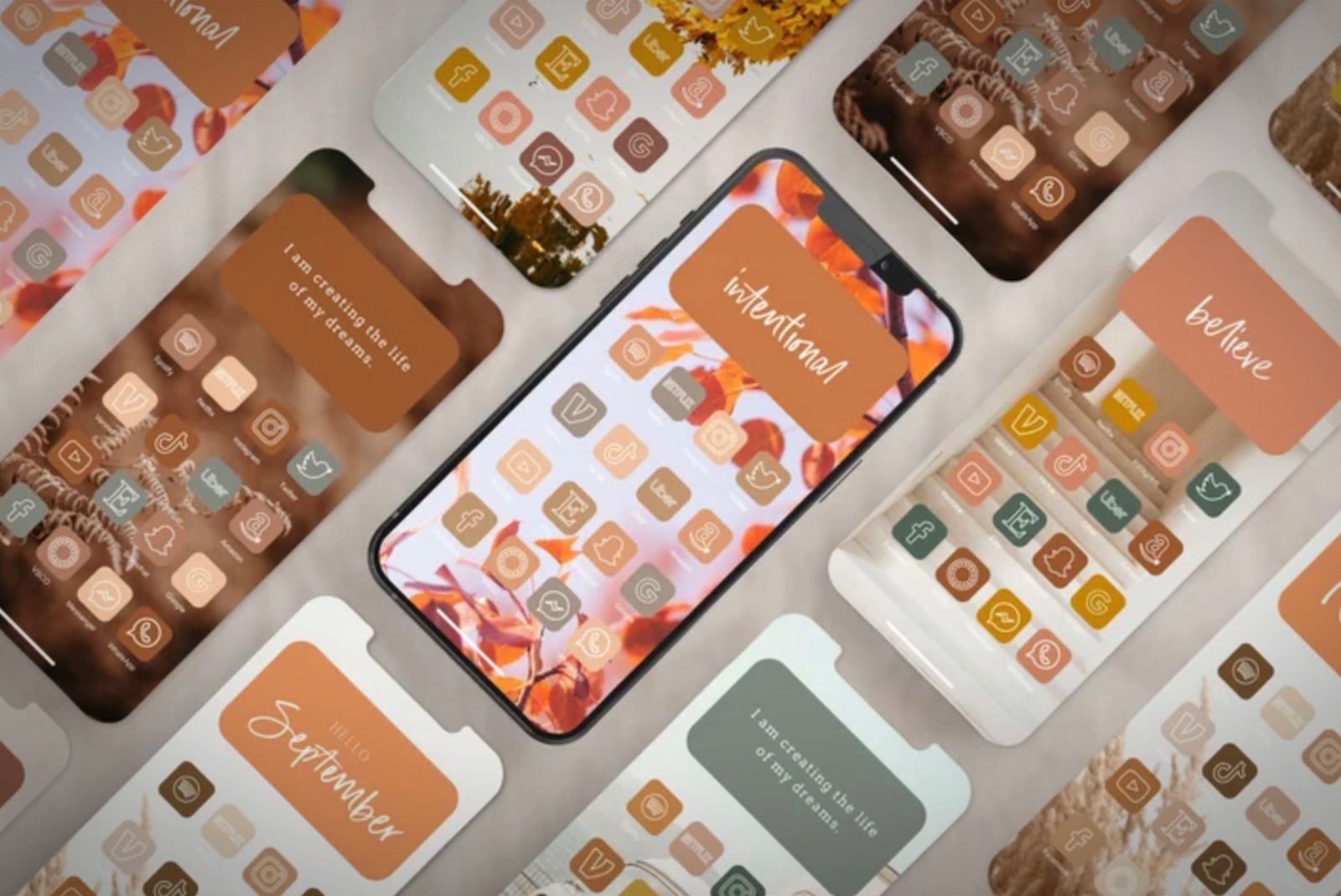
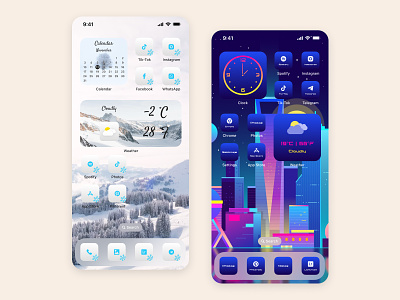
Closure
Thus, we hope this article has provided valuable insights into The Art of the iPhone Home Screen: Exploring the Significance of Visual Identity. We appreciate your attention to our article. See you in our next article!
